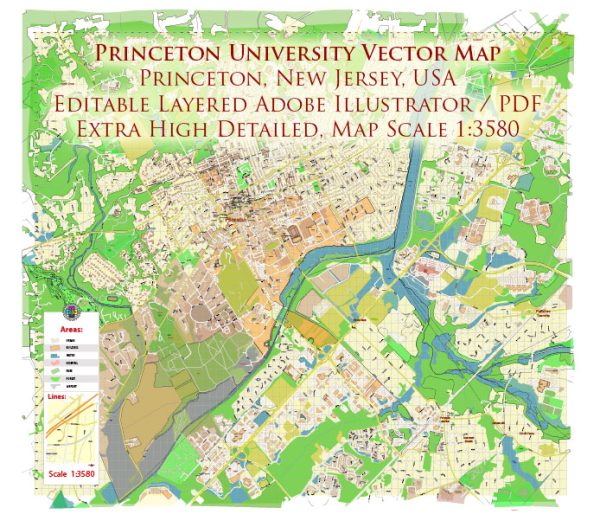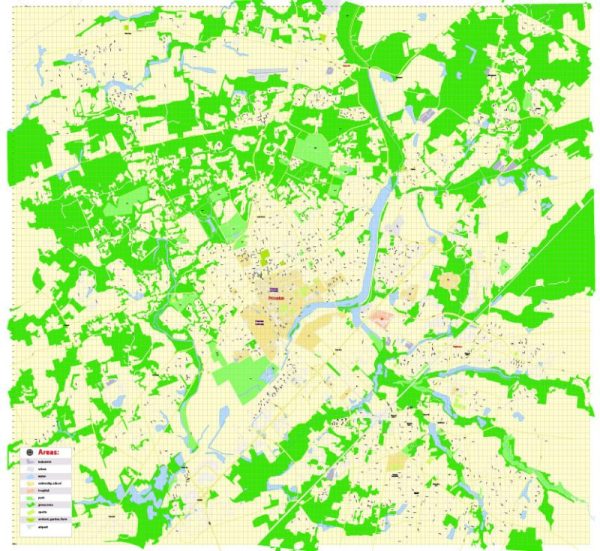Princeton, New Jersey, is known for its charming and historic architecture, which reflects a rich history dating back to the 18th century. The town’s architectural style is a blend of traditional colonial and more modern influences, making it a unique and visually appealing place. Here are some key architectural features and descriptions of Princeton’s built environment:
- Colonial Influence: Many of the buildings in Princeton exhibit colonial-style architecture, characterized by symmetrical designs, brick or wooden facades, and gable roofs. This style is a reflection of the town’s origins in the 18th century.
- Nassau Street: Nassau Street, Princeton’s main thoroughfare, is lined with a mix of historic and more contemporary buildings. The street is known for its charming storefronts and well-preserved historic facades.
- Princeton University: The town is home to the prestigious Princeton University, which features a diverse range of architectural styles. Nassau Hall, the university’s iconic building, is a fine example of colonial architecture and serves as a symbol of the institution’s history.
- Cottage-Style Houses: In residential areas, you’ll find many cottage-style houses with steep-pitched roofs, wooden siding, and beautifully landscaped gardens. These homes often reflect the cozy and inviting ambiance of the town.
- Neo-Gothic Influence: Some of the Princeton University’s buildings, such as the Graduate College, display neo-Gothic architecture. These structures feature pointed arches, intricate stone carvings, and other Gothic Revival elements.
- Victorian and Queen Anne Homes: In some neighborhoods, you can find Victorian and Queen Anne-style homes with ornate details, colorful exteriors, and asymmetrical designs.
- Modern and Contemporary Architecture: While Princeton retains much of its historic charm, you’ll also come across modern and contemporary architectural styles, particularly in commercial and institutional buildings.
- Preservation Efforts: Princeton places great emphasis on architectural preservation, and many historic structures have been well-maintained and restored over the years.
- Open Spaces and Greenery: In addition to its buildings, Princeton is also known for its well-planned open spaces, including parks and gardens that contribute to the overall aesthetic appeal of the town.
- Influence of Notable Architects: Several renowned architects have left their mark on Princeton. For example, the architect Michael Graves designed the Princeton Public Library, showcasing a postmodern architectural style.
In summary, Princeton, New Jersey, is a town with a diverse architectural landscape that beautifully blends historic colonial, neo-Gothic, Victorian, and modern influences. Its commitment to architectural preservation and the presence of Princeton University as a significant architectural landmark make it a visually captivating and culturally rich destination.



 Author: Kirill Shrayber, Ph.D.
Author: Kirill Shrayber, Ph.D.